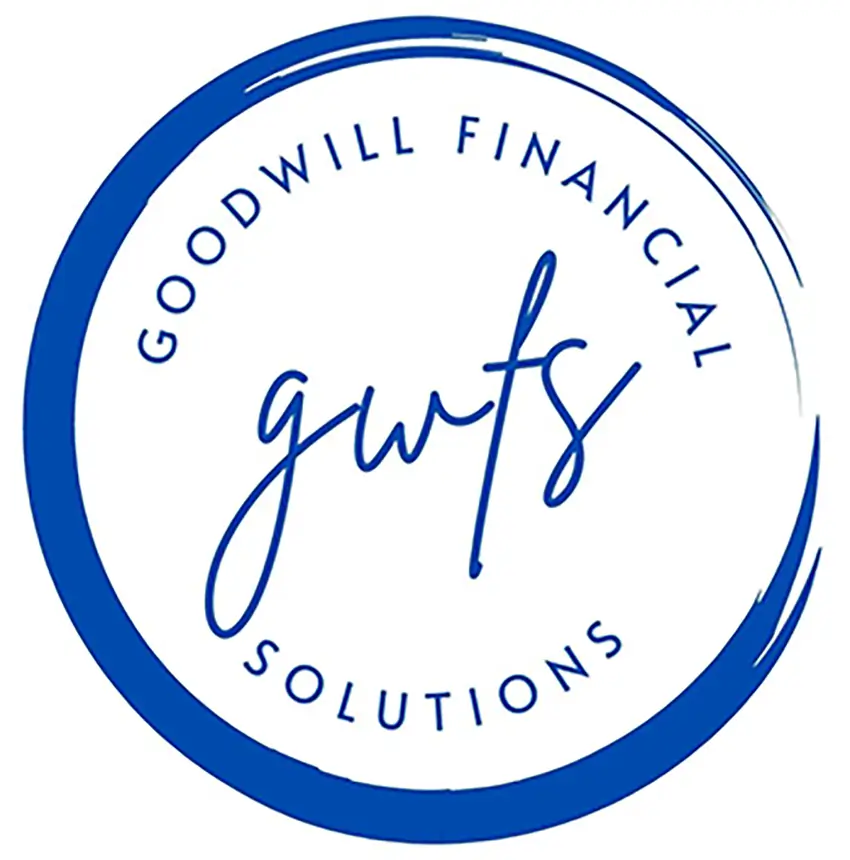Managing your money wisely means understanding when to save and when to invest. Both are essential for financial security, but they serve different purposes. Let’s break down when to prioritize each and explore real-life examples to guide you.
Saving: When and Why?
What is Saving?
Saving refers to setting aside money in a low-risk account for short-term needs and emergencies. Savings accounts, money market accounts, and certificates of deposit (CDs) are common options.
When Should You Prioritize Saving?
✅ Building an Emergency Fund – Aim for 3-6 months of living expenses in an easily accessible account. Example: If your monthly expenses are $3,000, save at least $9,000-$18,000.
✅ Short-Term Goals (1-3 years) – If you’re planning for a vacation, a wedding, or a down payment on a car, keeping cash in a high-yield savings account is ideal.
✅ Uncertain Market Conditions – If you need money soon and market volatility is high, keeping funds in a safe place minimizes risk.
Best Places to Save Money
- High-Yield Savings Accounts (e.g., Ally, Marcus) – Earn higher interest with easy access.
- Money Market Accounts – Slightly higher returns than savings accounts.
- Certificates of Deposit (CDs) – Higher interest rates, but with limited withdrawal flexibility.
Investing: When and Why?
What is Investing?
Investing means putting your money into assets like stocks, bonds, mutual funds, or real estate with the goal of growing wealth over time. It carries more risk but offers higher potential returns.
When Should You Prioritize Investing?
✅ Long-Term Goals (5+ years) – If you’re saving for retirement, a child’s college fund, or wealth-building, investing is key.
✅ Beating Inflation – Inflation erodes the value of cash over time. Historically, the stock market has returned about 7-10% annually, outpacing inflation (~2-3%).
✅ Retirement Planning – If your employer offers a 401(k) with a match, prioritize contributions. Example: If your employer matches 100% of up to 5% of your salary, that’s free money!
✅ Building Wealth – Investing allows your money to work for you through compound growth. Example: Investing $500/month with an 8% return could grow to $745,000 in 30 years.
Best Ways to Invest
- 401(k) or IRA – Tax-advantaged retirement accounts.
- Index Funds & ETFs – Low-cost, diversified stock market investments.
- Real Estate – Passive income and long-term appreciation.
- Stocks & Bonds – Higher risk but potential for greater returns.
Saving vs. Investing: A Practical Comparison
| Scenario | Save 💰 | Invest 📈 |
| Emergency Fund | ✅ | ❌ |
| Buying a house in 2 years | ✅ | ❌ |
| Retirement (20+ years) | ❌ | ✅ |
| College Fund (10+ years) | ❌ | ✅ |
| New Car in 3 years | ✅ | ❌ |
| Beating Inflation | ❌ | ✅ |
Final Takeaway: Balance is Key!
- Start by saving for emergencies and short-term needs.
- Once you have a solid financial cushion, shift focus to investing for long-term growth.
- Continuously review your goals and adjust your strategy accordingly.
Tip: If you’re unsure where to start, use the 50/30/20 rule – 50% for needs, 30% for wants, and 20% for saving/investing!

